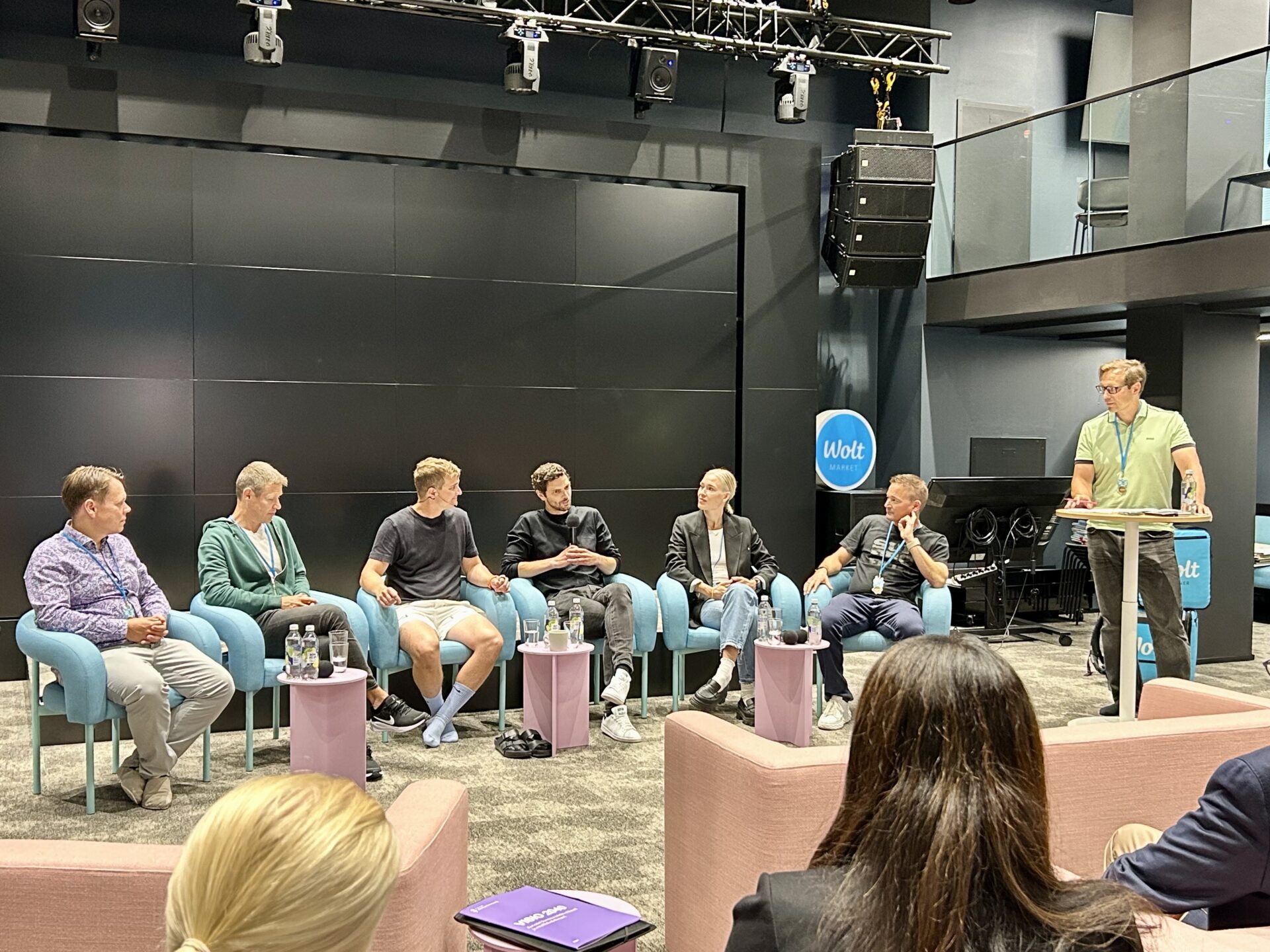We are publishing articles on our website from the “Vision 2040 – When Things in Finland Were Done Boldly and Without Prejudice” essay collection. In his vision, Herkko Plit from P2X, foresees a future where renewable energy and solutions born from the hydrogen economy – such as clean hydrogen and synthetic fuels derived from hydrogenbecome a part of our everyday lives.
Emissions have decreased by 90% from 1990 levels. Carbon has a cost everywhere, even in the price of bread, which now includes a carbon component, though fossil-based elements are rare in most products. The focus has shifted away from oil and gas to renewable energy and solutions born from the hydrogen economy, such as clean hydrogen and synthetic fuels derived from hydrogen, which are now part of our daily lives. In Finland, the steel industry thrives, generating vitality for society through the hydrogen economy.
Hydrogen enables the production of synthetic fuels by capturing carbon dioxide, allowing ships and airplanes to now operate with 90% fewer emissions. The same success has been achieved in making heavy road traffic nearly emission-free. The biggest challenge has been creating an energy system that allows the long commercially viable but weather-dependent renewable energy sources, wind and solar, to be effectively stored. A balanced system has now been established for both electricity pricing and energy-dependent societal needs. Cost-effective hydrogen storage and its various applications – such as conversion back into electricity and production of synthetic fuels – have been resolved.
The 2020s saw stumbles in kick-starting the green transition, but the 2030s brought significant changes, initially driven by regulation that essentially forced companies to abandon fossil fuels due to their high costs. Many entities faced steep penalties for failing to act proactively in the mid-2020s and waiting until the last moment to implement changes. The pace of transformation was rapid in the early 2030s, and by the end of the decade, we are close to achieving a zero-emission society.
Finland’s strengths in this transformation have been its stable and affordable electricity and biogenic carbon dioxide – resources that only a few other countries possess in abundance. These advantages have given rise to Finland’s “new Nokia” through the green transition. Finland now supplies synthetic fuels and hydrogen to many European countries, while new investments in emission-free steel and battery technologies have been established domestically.
In the 2020s, regulations were overly detailed, hindering the creation of functional market concepts. Fortunately, both the EU and Finland realized that enabling the emergence of new markets required a different regulatory approach. Simply limiting fossil fuel use or setting emission reduction targets was not enough. Regulation successfully set goals and frameworks while leaving the methods to achieve them open. Cost-efficiency, technological neutrality, and market-driven solutions became central principles in emission reductions and regulation. While the initial learning curve was slow, once progress began, the change was extremely rapid.
Simplifying the permitting process also played a crucial role in this transition. By the mid-2020s, a one-stop-shop principle was introduced for permits, and individuals’ ability to delay permitting processes for several years through appeals was streamlined. Environmental and biodiversity considerations are now taken into account, but cases no longer drag on for years as they once did.
Issues related to offshore wind power leases and permitting have been resolved, and the comprehensive reform of nuclear energy legislation has facilitated small reactor projects.
Meaningful work requires skilled professionals – the green transition demands both significant investments and executors. In the coming years, the energy sector will seek numerous new professionals, but there is already a shortage of them. Finland’s tightened immigration regulations combined with high taxation are recognized challenges in the global competition for top talent. Finland must restore its position as the most skilled nation in the world. Let us create an encouraging and predictable operating environment in Finland –one that enables the emergence and functioning of markets. An environment that attracts companies to invest, grow, and employ, as well as encourages individuals to innovate, work, and start businesses.
